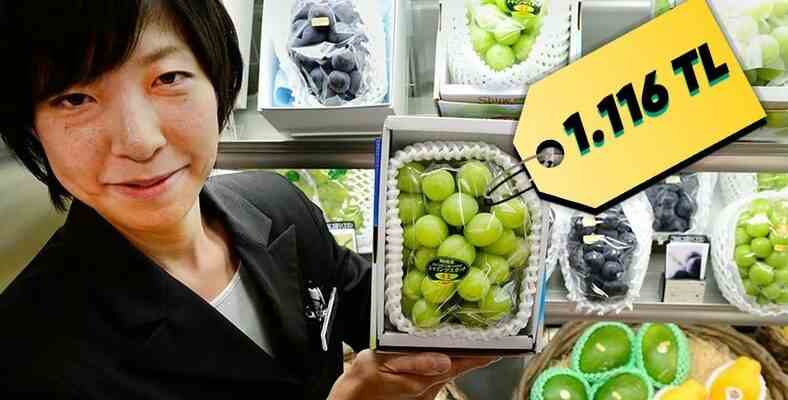Even if you have not been to Japan, you have come across news, videos and content about this situation on TV or social media. Let’s shed some light on this question-marking mystery and find out the reason behind these insane prices.
Sold by piece instead of kilo, These fruits and vegetables, which no one can easily touch, are much more expensive than you think. Each one is carefully packaged and displayed. “These are audition bro!”, “Kesmeceee!”, “Halal to taste, sister!” You can’t hear a seller say.
You can only get a single watermelon there for the price you can fill a market cart. He probably square, triangular or heart shaped It is possible. If you are wondering why all this, keep reading, you will find a lot of interesting things.
As you will see in this video, the prices are really shocking.
- The price of just one watermelon is about 2500 TL
- One strawberry 225 TL
- Two pears 600 TL
- Pineapple 375 TL
- Melon approx. 1900 TL
- A bunch of grapes is more than 3000 TL.
by auction There are even melons sold for 845,000 TL. So what is the reason for these unbelievable prices?
Take a look at how flawless the fruit looks under a dim light, displayed with ribbons and individual packages:
Melons, grapes and all other fruits are perfect as if they have the golden ratio. The stores where it is sold are equipped with crystal chandeliers and the counters are equipped with quality marble. It’s like an art gallery…
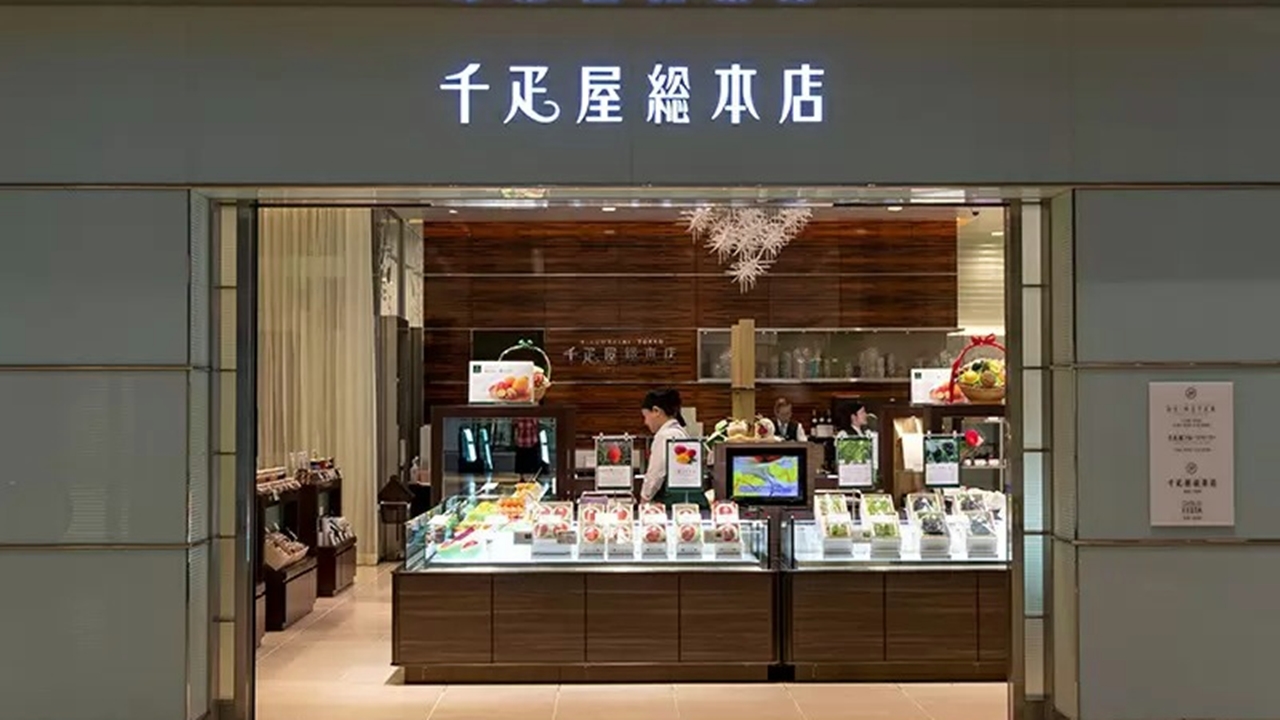
There is even an information sheet explaining where that fruit was made and even the name of the person who produced it. At the same time, as you would see in a fine wine bottle, a detailed description of the flavor is also included.
Fruits; offered through an elegantly dressed, polite, well-trained seller. It’s like you’re looking for a gift for your girlfriend at a jewelry store, right? In fact, these fruits being gifted, This is one of the main reasons why they are expensive!
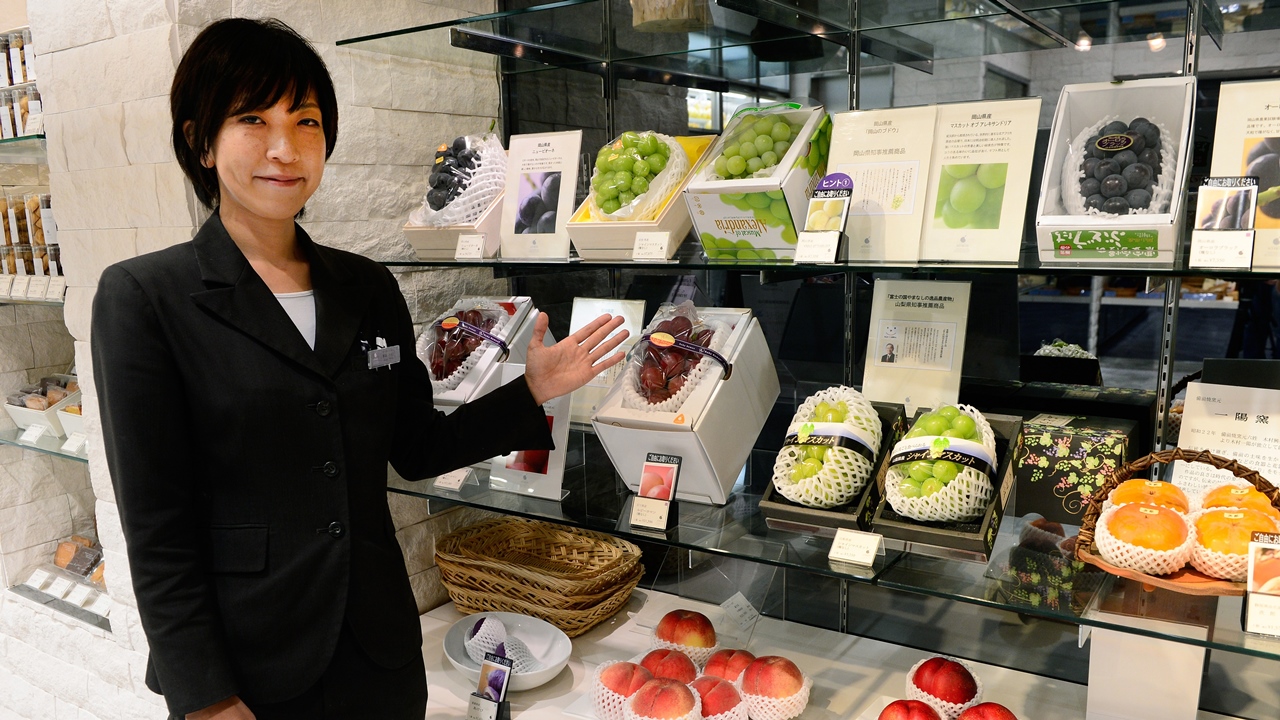
from time immemorial in Japanese culture “Giving gifts” is very important. When going to a guest, party, meeting, fruit is brought as a gift (like an expensive wine in the West).
Fruits such as melons and tangerines were given to the shoguns, a military ruler, by aristocratic warriors. was presented as a gift. It was seen as a sign of deep respect, appreciation, and loyalty. This cultural value of fruits in Japan continues to this day.
So why fruit instead of something else?
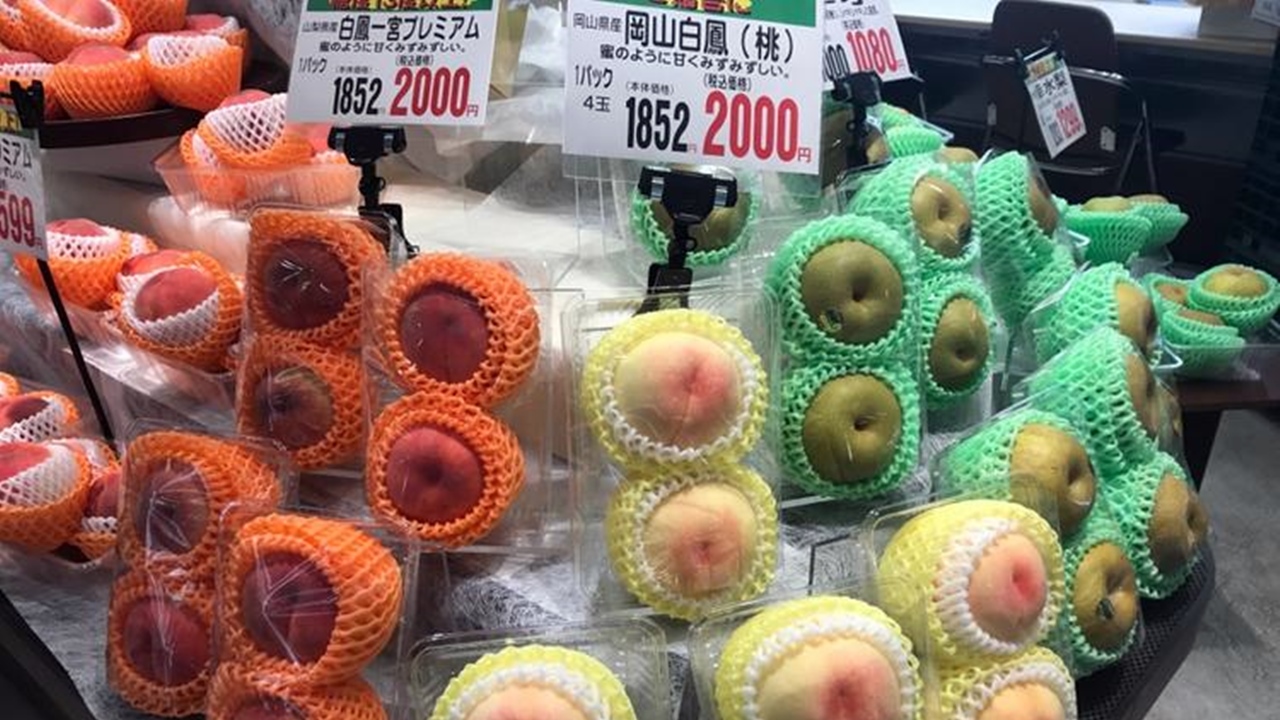
The gift-giving culture in Japan plays an important role in fostering relationships. There are two important cities in the country, chugen in summer and seibo in winter. gift giving season has.
During these periods, gifts are given to family members, friends, bosses, customers, doctors or different people according to the person’s request. to express gratitude and seen as a good way to keep relationships beautiful.
The seasons have a great influence on Japanese culture, and the Japanese care about every representation of the different times of the year. seasonality of fruit It is often seen as a suitable gift as it brings the colors, smells and tastes of that season to people.
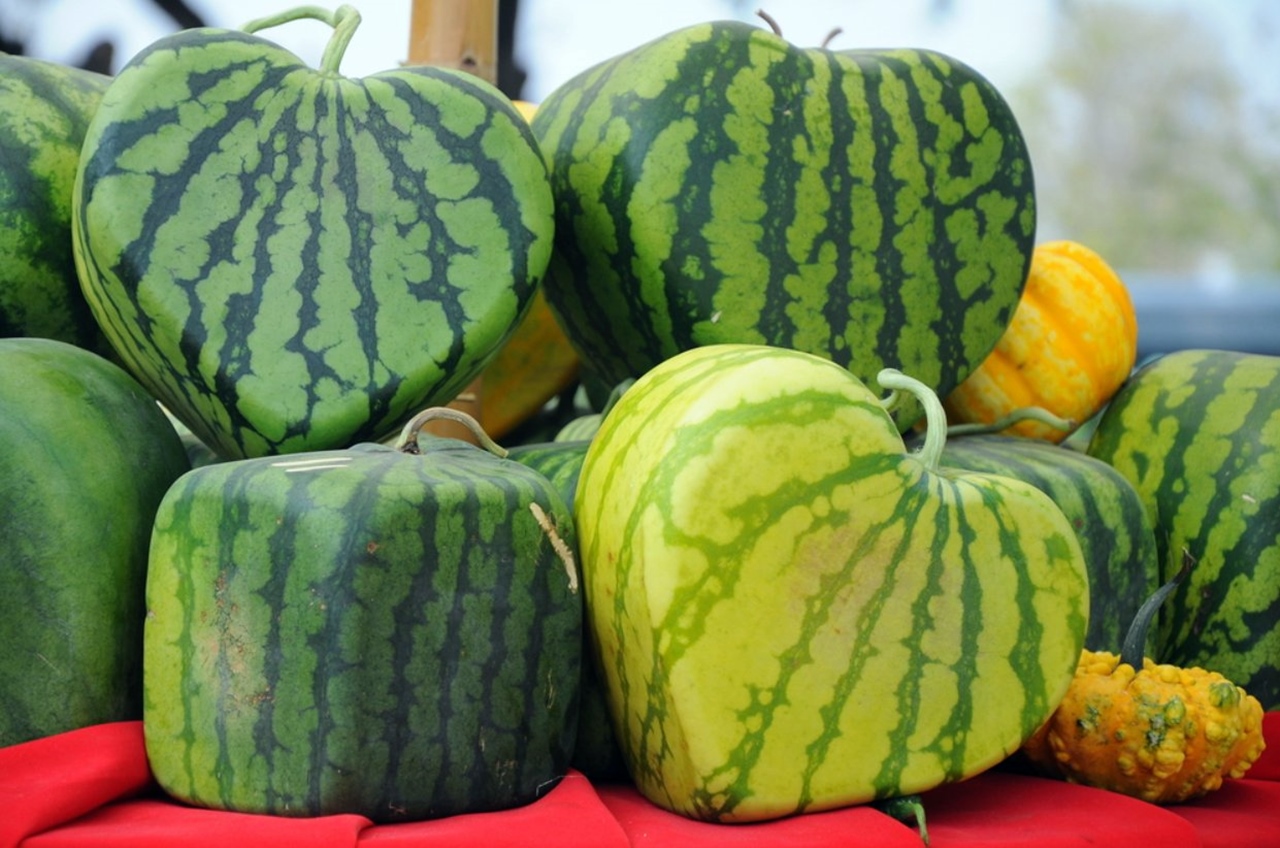
The fruit has been common in Japan since ancient times. Shinto and Buddhist It has been a common dedication in their religion. In traditional Japanese houses, there is usually an area where food such as fruit or rice is placed, where food such as fruit is offered to the gods. It is not unusual to see a temple with a few oranges and a cup of sake on its altar.
Any food that looks defective has no place on store shelves.
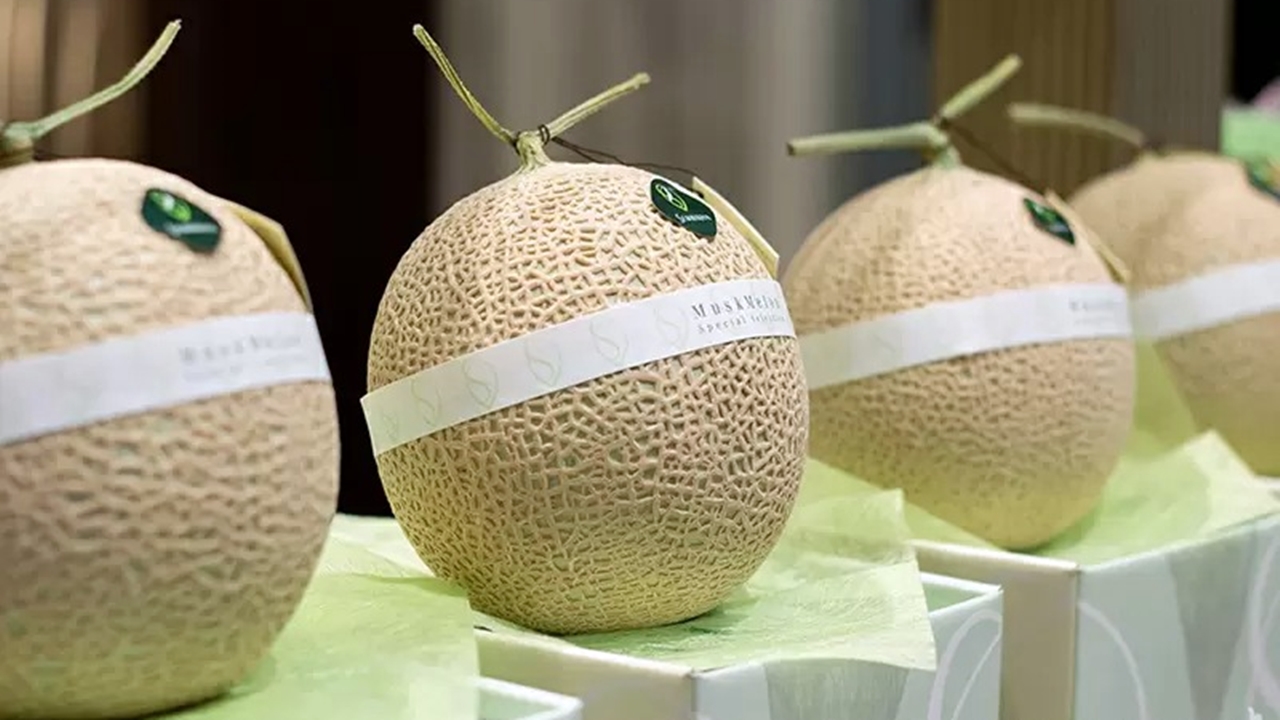
Even in an ordinary supermarket you will see individually packaged apples or peaches, they are all the same size and color. The care given to its appearance is reflected in its taste, ensuring that people enjoy all aspects of the fruit.
The main reason why fruits and vegetables are at such exorbitant prices is that these products are regarding the production process. The fruit should look perfect, have just the right shape and taste great.
These high standards are not big companies, but different parts of Japan. private farmers They strictly follow the growing conditions.
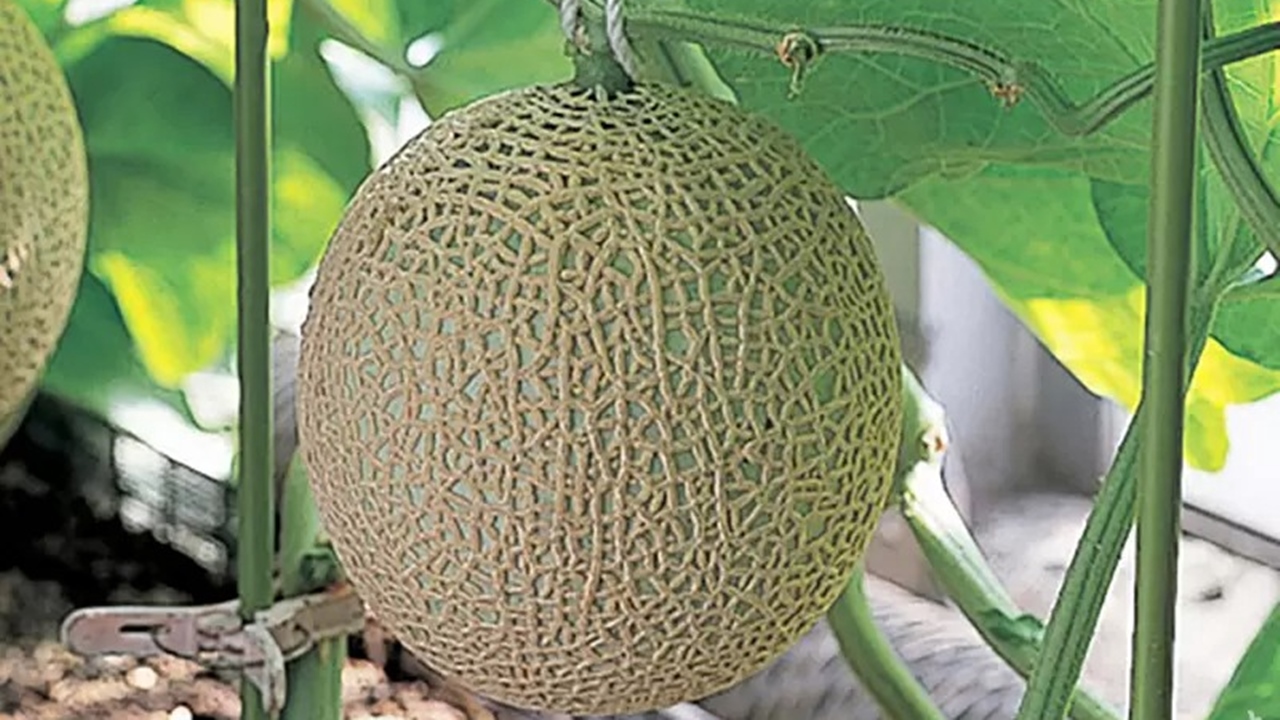
Japanese farmers produce their own, which can only be perfect when grown in that particular place. unique develop fruit varieties. During the growing process, each fruit should be given a sunburnt. hat is put on and it even happens that only one fruit is grown per branch or vine to concentrate the nutrients in that fruit.
Also to ensure the melons are in perfect shape They do massage. They even have a robotic technology that can scan fruit for sugar content.
Of course, all this expensiveness cannot be attributed to gift culture and careful upbringing; The low proportion of agricultural land in Japan also affects prices.
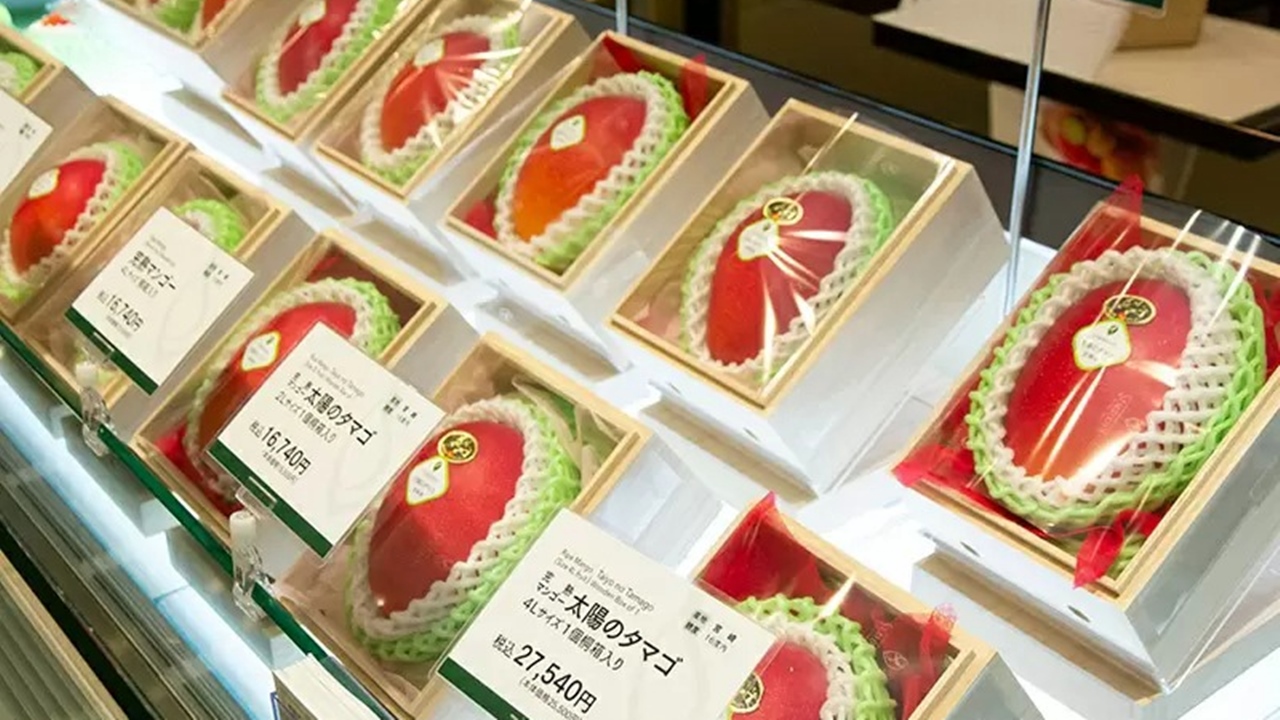
Ratio of farming to GDP in Japan only 1% and farmers make up 3.4% of the population. Crops are grown on only 12% of the country’s farmland, most of which is used for rice production.
Also, farms and fields are small in size. For example, the average size of a Japanese farm is 4.7 acres, while in the United States it is 490 acres. Small farms are less productive than large farms and small farmers have little money to invest in the machinery needed to cut costs.
But why don’t they import fruit and vegetables?
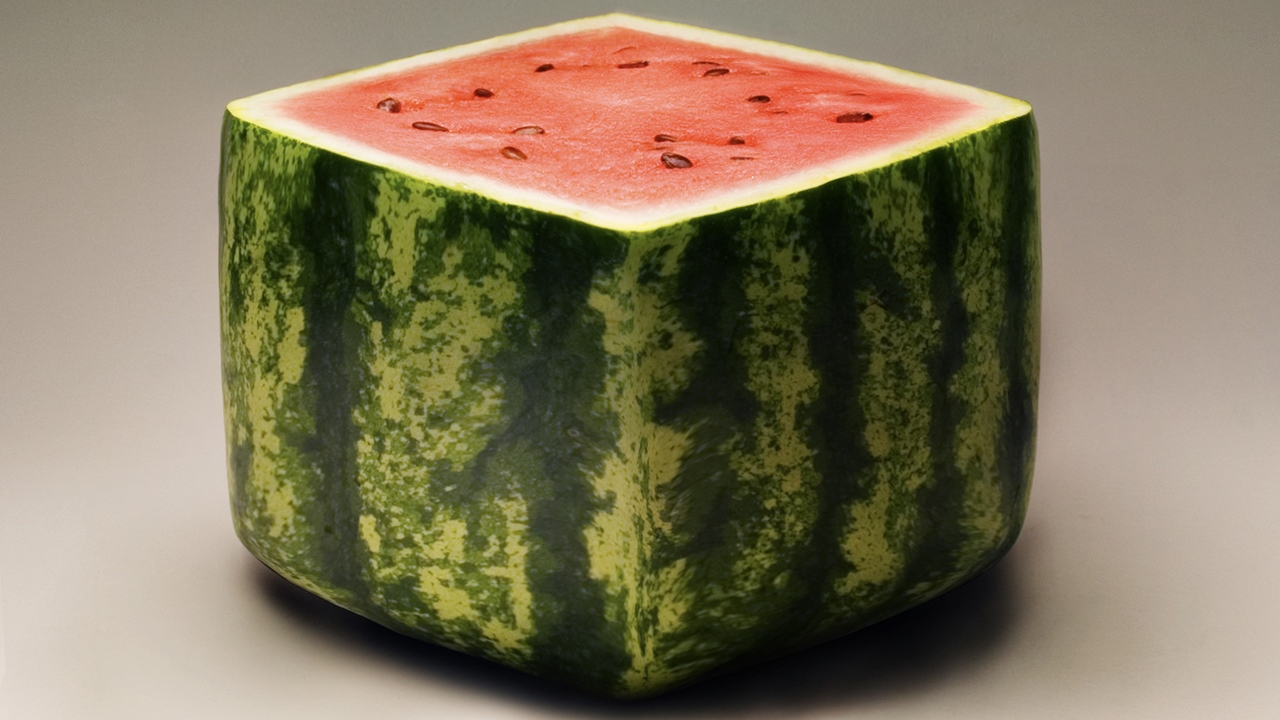
Japanese consumers prefer locally produced vegetables over imported vegetables. 46% of shoppers believe that foreign farm products are cheaper than Japanese products. A large proportion of 76% is imported products. not healthy believes.
for foreign farm products disdain Due to the influence of Japanese culture, urban consumers continue to waste money on fruits and vegetables.
But whatever happens, the future of Japanese farming unsustainable is thought to be. There will be drastic changes in this culture as the average age of a Japanese farmer is 65 and the rate of new farmers is low.
While the country produced 78% of the food consumed in 1961; In recent years, this rate dropped to 30%. It will fall even more in the future, and with that decline, consumers in Japan will start paying much less for their food, whether they like it or not.
RELATED NEWS
How is the Netherlands, with an area the size of Konya, can grow more agricultural products than the whole of Turkey?
RELATED NEWS
What Happened to Vegetables and Fruits Losing Their Taste Over The Years?
RELATED NEWS
We’ve Been Fooled: 10 Foods We’ve Known As Vegetables But Are Actually Fruits
RELATED NEWS
